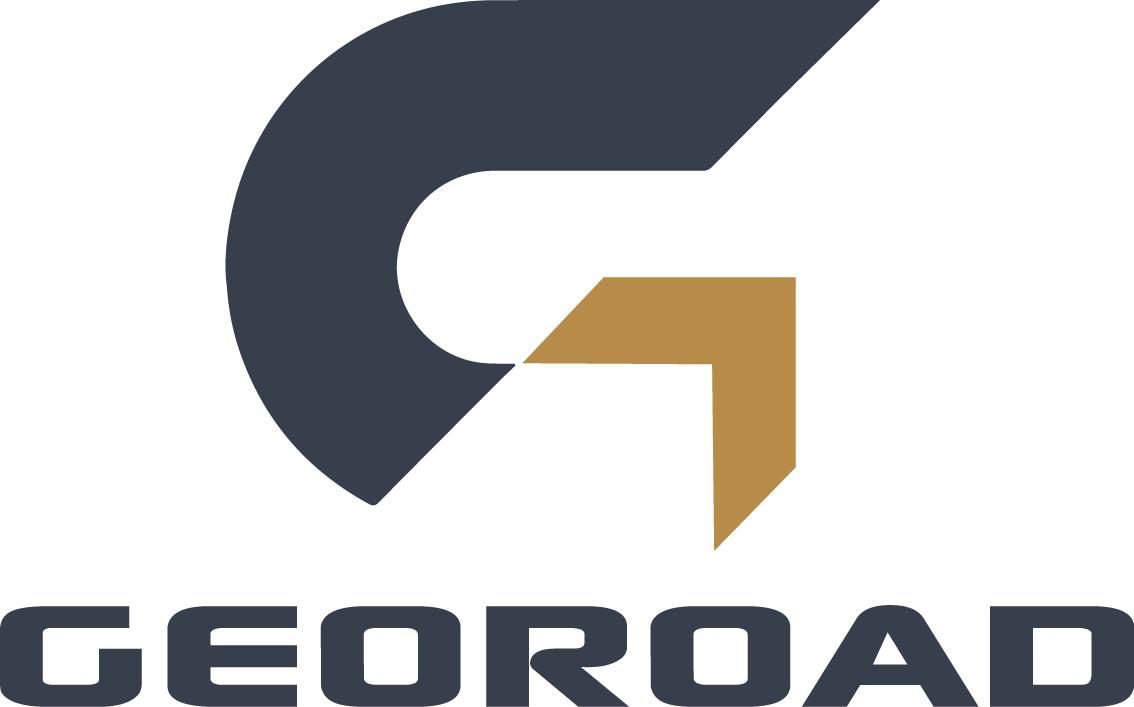In road construction, (honeycomb geocell) is a key geosynthetic material used to enhance the stability of road foundations, improve pavement structural performance, control erosion, etc. According to different surface treatments, Geocells can be divided into (smooth surface geocells) and (rough surface geocells). There are significant differences in the role and impact of these two types of Geocells in road applications, mainly reflected in aspects such as load-bearing performance, anti-slip ability, ease of construction, and economy.
Definition and structural characteristics of Smooth Geocell and Textured Geocell
1.Smooth Geocell
The surface of Geocell products is relatively smooth, and is commonly used in road base or foundation reinforcement and mountain protection applications.
Features:
Low friction: The smooth surface of Geocell reduces the friction between the soil or filling material.
Easy to construct: The smooth surface makes the laying of filling materials more uniform and efficient.
Suitable for light load scenarios: Due to the low friction, it is suitable for scenarios with light loads or no strong anti-slip ability.
The surface of Geocell is specially treated, usually with particles or concave and convex textures to increase surface friction.
Features include:
High friction: The rough surface of Geocell can better grip the filling material and reduce the slippage of the filling.
Suitable for heavy load scenarios: Higher shear strength makes it suitable for heavy traffic or road projects with large slopes.
Better anti-scouring performance: Mountain slopes or drainage areas, rough surfaces can more effectively prevent water scouring.
Performance comparison of Smooth Geocell and Textured Geocell in road engineering
Smooth Geocell: Due to its smooth surface, it has low interface friction with the filling material and performs poorly in road projects that need to withstand high levels of load.
In light-load applications (such as sidewalks and garden paths), Smooth Geocell is sufficient to meet the load-bearing requirements while reducing material costs.
Textured Geocell:
The surface texture enhances the friction between the filling material and Geocell, greatly improving the shear strength and load-bearing performance.
On high-load pavements (such as highways, industrial roads) or areas with weak foundations, Geocells can better distribute and withstand loads.
2.2 Comparison of anti-slip capabilities
Smooth Geocell: The smooth surface limits the fit with the filler. In steep slopes or high scour areas, the filler material may slip. Geocell is generally not suitable for high slopes or high hydrodynamic environments.
Textured Geocell: Surface texture increases the interlocking effect of soil or fill, significantly improving the anti-slip ability. Geocell shows superior performance in ramps, embankments, and slope stabilization projects.
2.3 Comparison of water permeability and drainage performance
Smooth Geocell: The smooth surface allows better drainage channels to be formed between fillers, making it suitable for scenes that require higher drainage performance.
Textured Geocell: The rough surface improves the stability of the granular material and can effectively fix the filler in a hydrodynamic environment.
2.4 Comparison of durability and erosion resistance
Smooth Geocell: Smooth surfaces have low resistance to mechanical wear and are easily damaged especially under conditions of high flow rates or frequent load changes. When exposed to strong hydrodynamic or wind environments for a long time, their erosion resistance is not as good as Geocell. .
Textured Geocell: The texture increases friction and its erosion resistance is significantly improved. It is especially suitable for flood-prone areas or high-slope slope stabilization. The rough surface structure enhances durability and extends service life.
- Specific application scenarios of two types of Geocell in road construction
Typical application of Smooth Geocell: Suitable for light traffic roads, such as rural roads, sidewalks, landscape roads, etc. Its low friction characteristics can meet the needs of base stability while reducing construction costs.
Drainage system engineering: In fast drainage road projects, smooth surfaces help reduce the resistance of filling materials and ensure smooth drainage.
Temporary roads: The convenient construction and cost advantages of Smooth Geocell make it an ideal choice for temporary roads and construction access roads.
Typical application of Textured Geocell; widely used in heavy traffic areas such as highways, airport runways, industrial parks, etc., its high friction ensures the stability of filling materials.
1.Steep slope and embankment stability: Textured Geocell shows excellent performance in scenes such as ramps and embankments with high anti-slip ability.
2.High scour area protection: In flood areas, river bank protection and other areas, Textured Geocell can effectively prevent the filling from being scoured while protecting the foundation structure.
3.Soft soil foundation treatment: On soft soil or muddy foundation, Textured Geocell can enhance the bearing capacity of the foundation and reduce settlement and deformation.
Selection basis of Smooth Geocell and Textured Geocell
Engineering environment
1 Flat roadbed: Geocell is suitable for flat areas where no additional anti-slip performance is required.
2 Slopes or high scour areas: Geocell is a more suitable choice, which can resist slip and erosion.
3 Light load engineering: Geocell is more cost-effective and can meet light load requirements.
4 Heavy load engineering: Geocell can better disperse high loads and avoid cracking or settlement of the road surface.
It should be reasonably selected in combination with the characteristics of the project, while ensuring the construction specifications and material quality, so as to maximize the role of the two types of Geocell and provide a safe, stable and sustainable solution for road construction.

